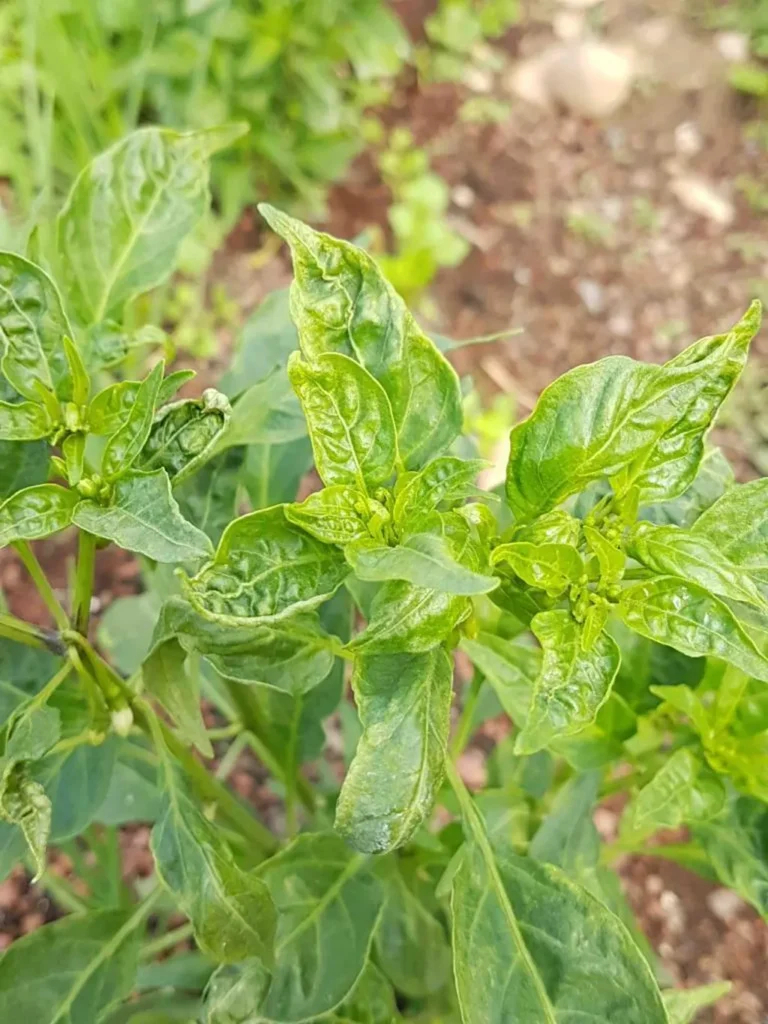In the heart of India’s chilli-growing belt, a silent menace has been creeping through fields, curling leaves and stunting yields. Chilli leaf curl disease (ChiLCD) has long been a thorn in the side of farmers, but a recent study published in the ‘International Journal of Bio-Resource and Stress Management’ has shed new light on the virus behind the blight, offering hope for targeted solutions.
The research, led by Prashant R. Shingote from the Dept. of Plant Biotechnology at Vasantrao Naik College of Agricultural Biotechnology (Dr. PDKV, Akola), has precisely identified and molecularly characterized the Chilli leaf curl virus (ChiLCV) wreaking havoc in Maharashtra. “Understanding the precise nature of the virus is the first step in developing effective control measures,” Shingote explained, highlighting the significance of the study.
The study, conducted between October and November 2023, collected samples from affected fields across various regions. Using polymerase chain reaction (PCR) with specific primers, the team amplified a 520 bp size amplicon corresponding to the coat protein (CP) gene in six out of nine samples. The sequences revealed a 99% similarity with ChiLCV isolates in the GenBank database, confirming the identity of the virus.
The findings are crucial for the agriculture sector, particularly in Maharashtra, where chilli is a major crop. ChiLCD causes significant yield losses, with symptoms including leaf curl, smaller leaves, stunting, and reduced flower and fruit production. By identifying the specific virus and its genetic makeup, researchers can now focus on developing resistant varieties or targeted treatments.
The study also revealed that the ChiLCV from Maharashtra governs a monopartite DNA-A genome along with a betasatellite molecule. This understanding could pave the way for innovative control strategies, such as using satellite molecules to interfere with the virus’s life cycle.
The phylogenetic analysis further suggested that the isolates from different regions clustered within the same clade, indicating a common origin. This finding could help track the spread of the virus and implement regional control measures.
As the agriculture sector grapples with the challenges of climate change and emerging diseases, such research is invaluable. “This study not only identifies the virus but also opens avenues for future research in developing sustainable and effective control measures,” Shingote noted, underscoring the potential impact of the findings.
The research, published in the ‘International Journal of Bio-Resource and Stress Management’, is a significant step forward in the fight against ChiLCD. It provides a foundation for developing targeted solutions that can help farmers protect their crops and secure their livelihoods. As the agriculture sector continues to evolve, such scientific advancements will be crucial in ensuring food security and sustainability.

